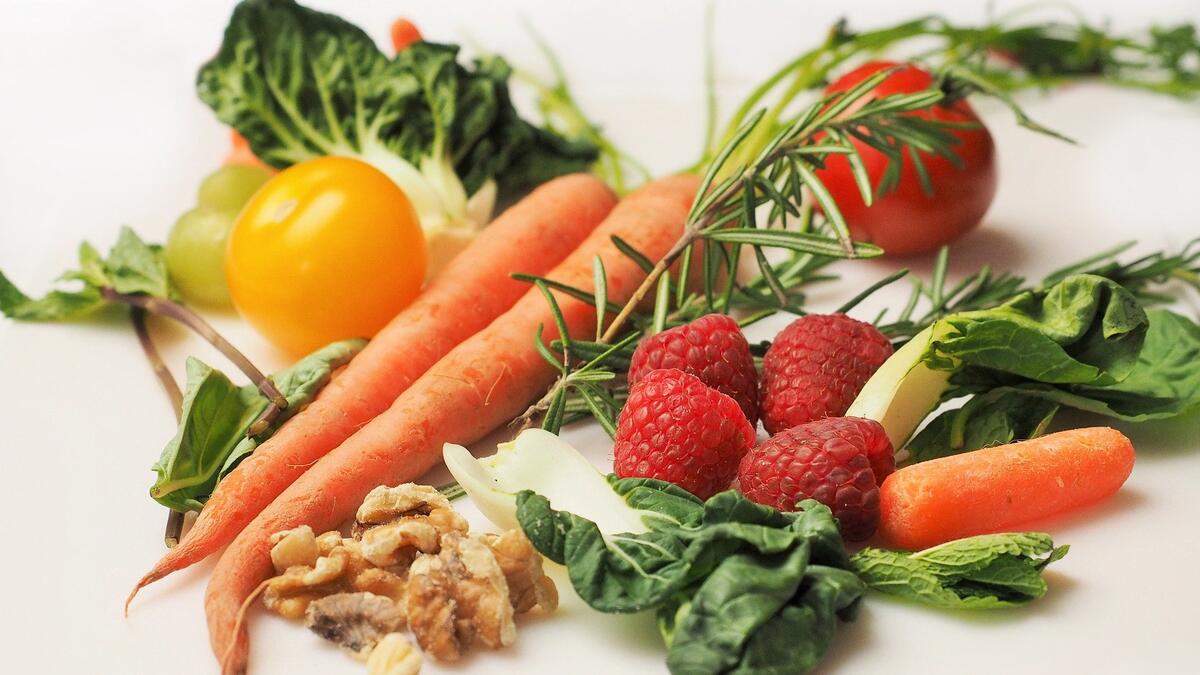Inflation reminders are everywhere these days. In conversations with friends, on social media, while driving to or past a gas station. And yes, at the grocery store.
Nobody likes to pay more for food, that’s clear. But unfortunately, the world has not escaped all of the pandemic-related challenges just yet. And now there’s a war in Ukraine, which is only adding to the global impact.
On March 10, inflation hit 7.9% — a new 40-year high. And according to the U.S. Department of Agriculture’s most recent Food Price Outlook, the cost for all foods could go up anywhere from 2.5%–3.5% this year. When will it get better? Not anytime soon, apparently, which is why ASU News spoke with Tim Richards, the Morrison Chair in Agribusiness in the W. P. Carey School of Business at Arizona State University, to help put the story about rising food prices into context.
Tim Richards
Question: We’ve heard a lot about global food prices being impacted by the war in Ukraine, especially for exports like wheat. Will the U.S. also feel the impact?
Answer: Ukraine, historically, is known as the “breadbasket of Europe.” It has some of the most fertile soil because of the climate, which makes it a fantastic area for agriculture. When it comes to the global wheat market, 25% of all wheat exports are through Ukraine, making it an important contributor to the world economy. The global market for grains and oil seeds, which includes wheat and barley and corn and soy, is fully integrated. Ukraine is also the world’s largest producer of sunflower, so there will be a direct impact on imports of sunflower and sunflower oil in the U.S. The whole market works together. So ultimately, if you remove one source of supply, that’s what’s going to cause global prices to increase in general.
Q: What’s behind rising food prices? Is it one thing contributing to the problem or multiple factors?
A: It’s a perfect storm of things going on right now. COVID-19, our policy responses to COVID-19, the injection of trillions of dollars into the economy — an unprecedented scale of fiscal stimulus. We really didn’t know what was going to happen to demand. Turns out, consumers are still spending like you wouldn’t believe; they’re just buying more stuff. Additional spending, for so-called luxury products, constrains how we move food to market. Food producers are competing with other companies for scarce supply chain services like cargo ships or trucks to move products consumers are demanding. For example, a truck moving a motorbike from Los Angeles to Kansas could have also moved food. But trucking costs have risen sharply. A refrigerated truck for fresh produce traveling from Los Angeles to New York costs 40% more compared to pre-pandemic times. Same goes for cargo ships. The cost for a ship traveling from China to Los Angeles would have cost about $2,000. This year, the cost is more like $13,000–14,000.
Q: What can we expect in the coming months? Will food prices continue to go up?
A: There are two components of cost that are absolutely essential to virtually everything that’s produced: fuel and labor. With oil prices now up higher than they were in 2008, eventually that’s going to cut into firms’ (processing firms, food retailers, farmers) bottom lines. Fuel, hydrocarbons in general, are a core cost to everything that we produce. Trucking products to people’s doorsteps takes fuel. The machines farmers use to grow crops takes fuel. Most fertilizers that farmers use are natural gas based, and right now, natural gas prices are through the roof, being driven up higher by the war between Russia and Ukraine. So that’s one side. Labor is another. There’s a shortage of labor in virtually every industry you can care to talk about.
We’re (the W. P. Carey School of Business) doing an analysis of the wage component of food costs, and there are some estimates that farm labor costs are going to go up by 25% between last year and next year. Firms will have to bid up wages to get the number of workers that they need to do the work. So, yes, food prices will go up. All of these cost increases are just starting. For instance, farmers buy fertilizer about a year ahead, which means the high natural gas prices won’t be baked into fertilizer prices until probably this harvest season into next year. The labor component hasn’t been baked in yet either. It’s an ongoing thing, and as long as those pressures are there, it’s going to keep on running.
Q: Can consumers expect any tiny bit of relief?
A: On the bright side, the record amount of snow in California’s Sierra Nevada Mountains is a good thing because all of that water will be used to irrigate crops in California. During the droughts in the state in 2013 and 2014, California saw record prices for fresh produce. We won’t have a lack of supply due to a lack of water pushing prices up, although we’ll still have the labor component for some of those crops. But California having water is really a big deal when it comes to fresh food prices, especially in Arizona.
Top image courtesy of pixabay.com
More Business and entrepreneurship

With help from ASU and a viral TikTok, an entrepreneur soars
Nearly five years ago, Ruben Trujillo saw his entrepreneurial dream slipping away as he wondered how he would pay his rent.Now, Trujillo’s business, Café Emporos, is featured on a national TV…

Honoring 2 decades of entrepreneurial impact on a global scale
Thunderbird for Good, the impact-driven initiative of Thunderbird School of Global Management at Arizona State University, is marking two decades of educational programs and initiatives dedicated to…

ASU and GoDaddy launch Student Athlete Venture Studio
In a groundbreaking initiative aimed at empowering college athletes beyond their playing careers, Arizona State University and GoDaddy teamed up to launch the first-of-its-kind Student Athlete…



